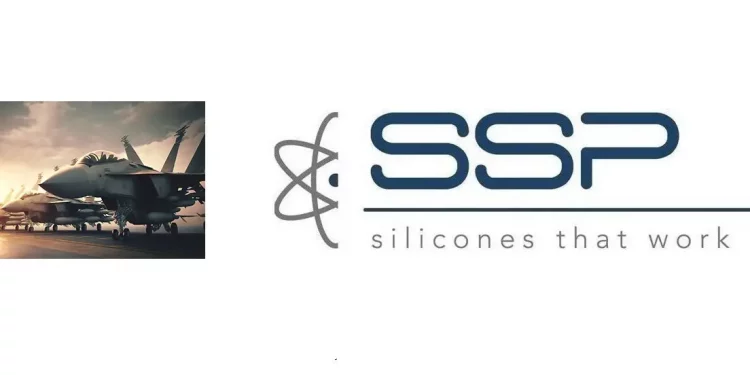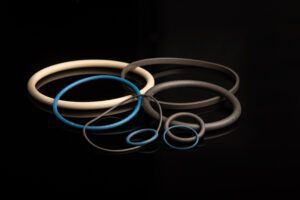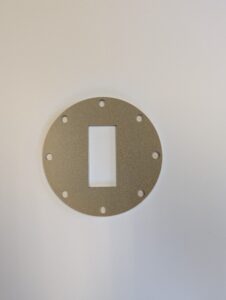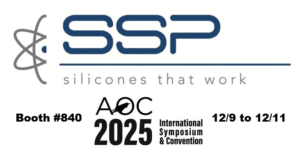Do you buy military and aerospace silicones? Then consider the true costs of meeting AA 59588, MIL-DTL-25988, AMS, and other specifications. If you’re buying these materials based on price alone, you could be putting projects at risk. Choosing a cheaper compound might seem like a good way to control costs, but what if you’re assuming a level of compliance that doesn’t really exist?
Until recently, silicone buyers could expect low prices for the raw compound used in these elastomers. Thanks to recent price hikes, however, the true cost of military and aerospace silicones has become clear. Supplier changes, lower-cost inputs, discontinued inputs, and supplier consolidation have all transformed the silicone supply chain. They’ve also introduced compliance-related risks.
Consider the following examples.
Four Factors
A compounder uses a higher-cost base material to meet AA59588A requirements for a specific class and grade . Then a competitor claims it can meet this standard with a price that’s 35% lower. What buyers don’t realize, however, is that the lower-priced supplier is using a qualification test from years ago. Yet this supplier “certifies” its part number to the current spec.
An aerospace company is upset about silicone prices. A compounder asks its chemist to make a lower-cost formula by adding a filler like MIN-U-SIL®, a fine ground silica. The new compound passes the qualification spec, but just barely – and not repeatedly. The aerospace company thinks it’s getting a certified product, but the compound with the lower-cost input isn’t meeting spec every time.
A silicone supplier makes a product with an input that is now classified as an environmental hazard. A customer is concerned, so the supplier suggests an offset that’s not exactly the same as the original material. The offset is reformulated and a new input is accepted as a minor change. Yet the compound isn’t first article tested. The result is a failure to meet a critical low-temperature specification.
Supplier consolidation can help silicone buyers to reduce their purchasing costs, processing costs, and overall risks. It can improve business relationships, too. Yet consolidation can also lead to changes in the availability of different products. With silicone rubber in high demand, suppliers may change a formula in a way that the material no longer meets a qualification specification.
One Source
Specialty Silicone Products (SSP) can provide you with certificates of analysis (COAs) or certificates of compliance (COCs) that help to mitigate risks. COAs report the test results for a specific batch of materials. COCs simply attest to a batch’s compliance with those requirements. COCs are fine for some applications, but what if you need proof that a military and aerospace silicones meet specific requirements?
Buy Military and Aerospace Silicones from SSP
Recently, SSP revamped the Mil / Aerospace section of its website so that it’s even easier to find the AA 59588, MIL-DTL-25988, and AMS silicones and fluorosilcones that you need. Moreover, you’ll find easy-to-read tables for AA 59588 Class 1 A and 1B, Class 2A and 2B, and Class 3A and 3B materials. When you visit SSP on-line, contact us for more information or email Dominic Testo.






